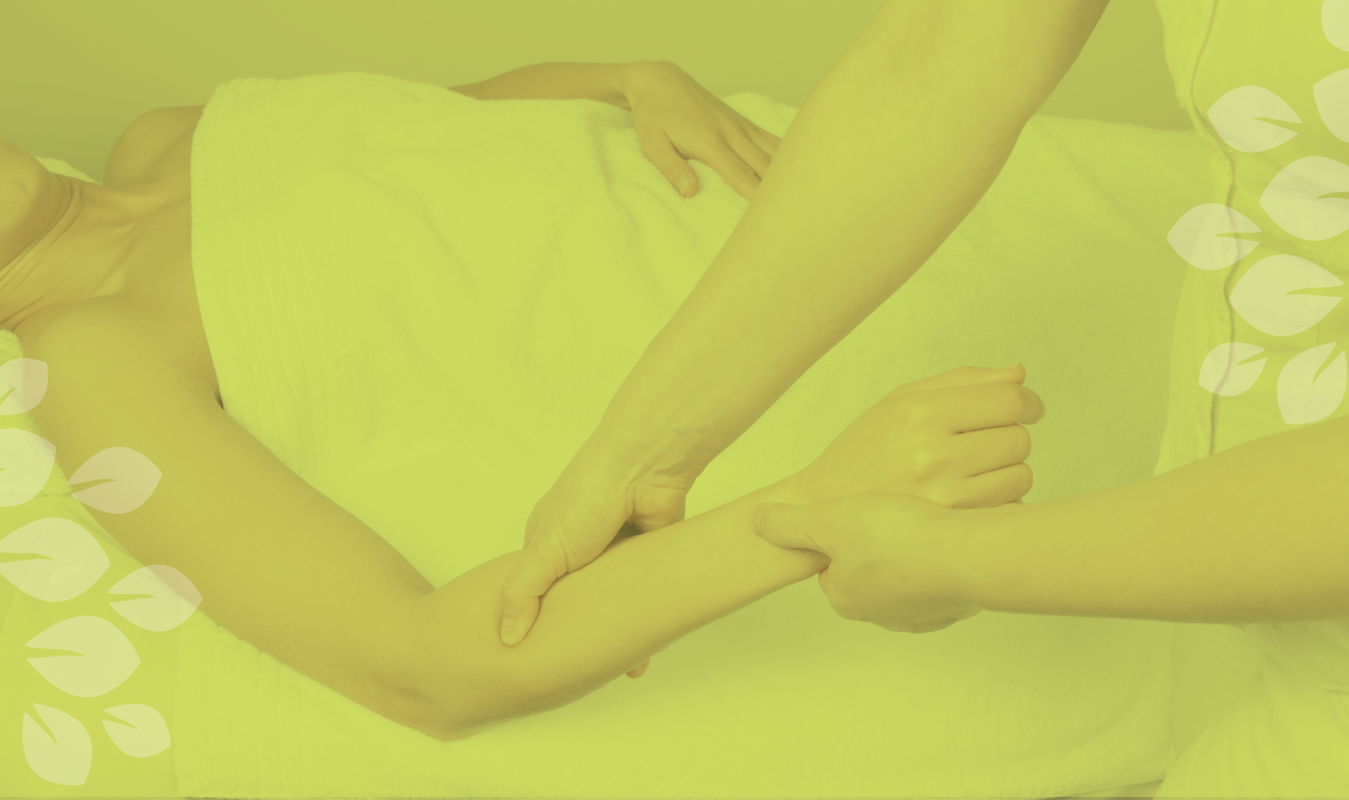01 Aug Torticollis and your baby
What is torticollis?
Torticollis is a term used to describe tightness in your baby’s neck muscles. In babies with torticollis, this muscle is shorter on one side so they will lie with their head tilted to one side and rotated to other side. You may notice that your baby tends to look more in one direction than the other. The muscle affected is called sternocleidomastoid and joins the base of the skull to the collarbone. With treatment the muscle will grow and stretch.
What causes torticollis?
Torticollis happens for many reasons, but most common are
- Vacuum extraction delivery
- Forceps delivery
- Improper, forceful pulling by physician during delivery
- Spinal malalignment is uterus
- Abnormal birth presentation such as breech birth.
What can happen?
If your baby does not move head, the muscles can become stiff and tight. It can also impact on your baby’s head shape. Until about one year of age the bones of a baby’s head are very thin and flexible, making it soft and easy to mould. Therefore a condition known as positional or deformational plagiocephaly (when one side of head does not have same shape as the other side) can happen. During normal births a newborn head may appear pointy or elongated for a short time after passage through birth canal. This usually corrects itself within 6 weeks after birth. If your baby prefers to look in one direction part of the skull may become flat. It is important to remember that plagiocephaly does not affect the development of your baby.
Signs and symptoms
Most signs and symptoms of infant torticollis are generally the same, but can vary in severity.
- Baby’s head will lean to one side more than other side.
- Your baby may tilt their head to one side
- Your baby’s head may be misshapen
- Your baby’s behaviour may become fussy and try to change position of their head. They will not love tummy time.
- One shoulder may be higher than the other.
- Neck muscle swelling (may be present after birth).
What can I do to help treat my baby’s torticollis?
Torticollis is treated through exercises that you do at home with your baby. A good way is to work on a different exercise at every nappy change, that way you are working on your baby throughout the day. There are 4 main areas you will work on, these are
- Positioning
- Stretching
- Strengthening
- Motor development
- Turn your baby’s cot so he has to look to side that needs stretching.
- Put interested toys on your baby’s side to encourage him to look that way.
- Try turning your baby’s head away from shortened side when asleep.
- Have more supervised tummy time and encourage him to look up and away from shortened side.
- Try not to use car seat for anything except for being in back of car. You can roll up a towel and place it beside his head to prevent him from resting head on shortened side.
- Use a sling instead of car seat when you go out. It is a new position to take pressure off the side of his head.
- If your baby is bottle fed hold him with his head to opposite side of where he turns his head to.
With a regular home exercise program done by parents the outcomes are very successful. In Torticollis if early diagnosis and physical therapy result in the best outcome. The osteopath can assess your child and give advice as needed possible including stretches and different head positions.


